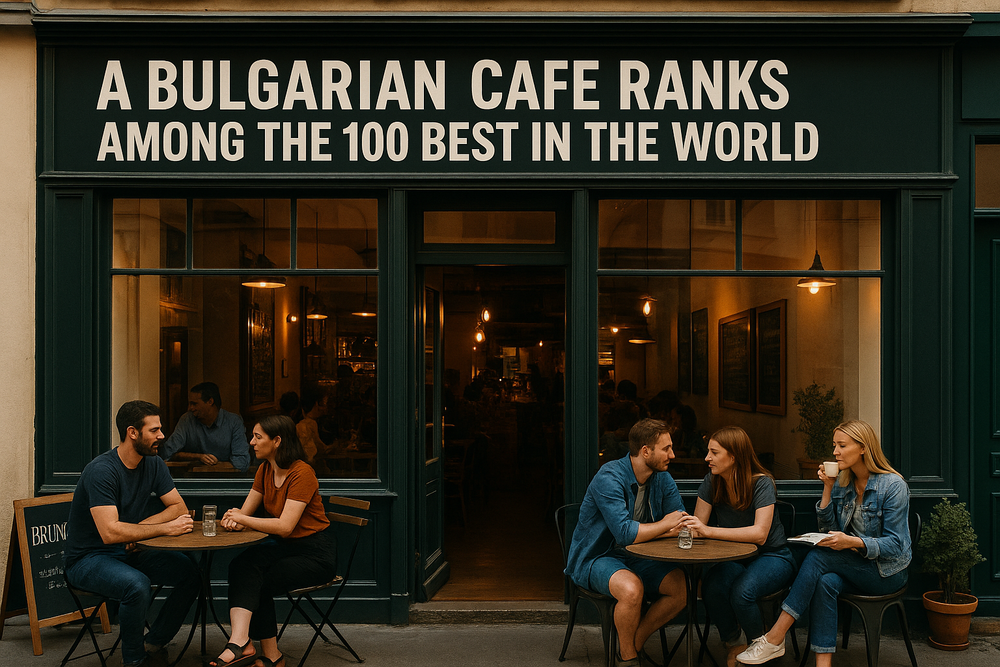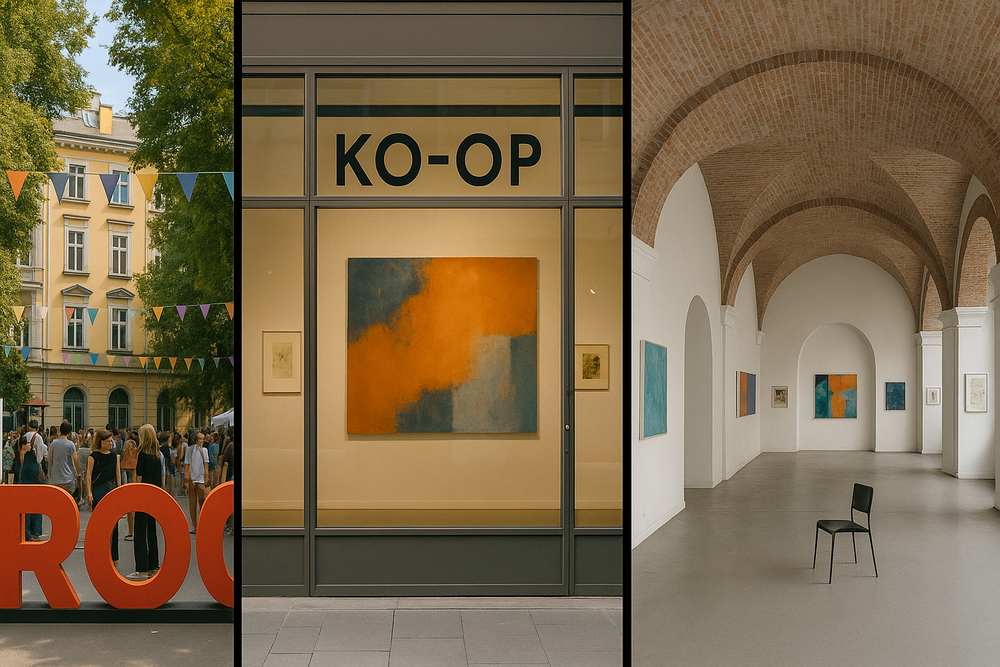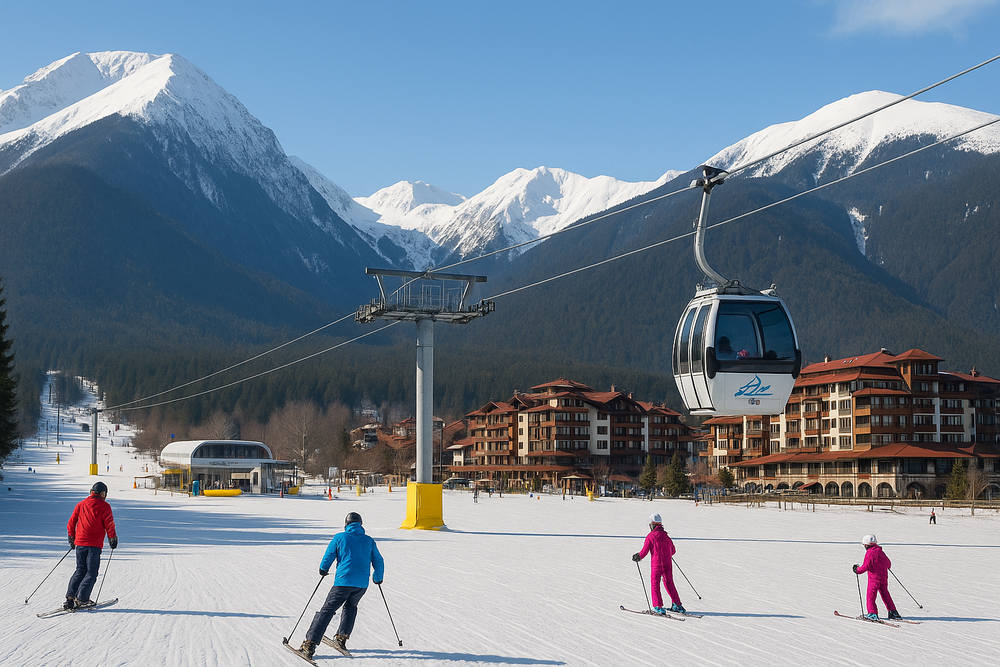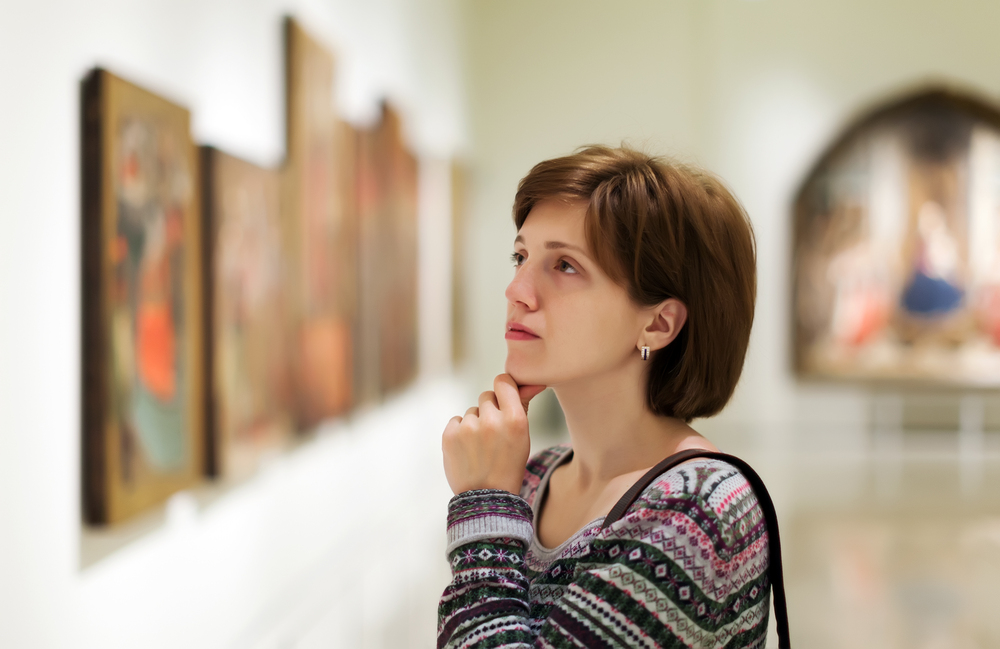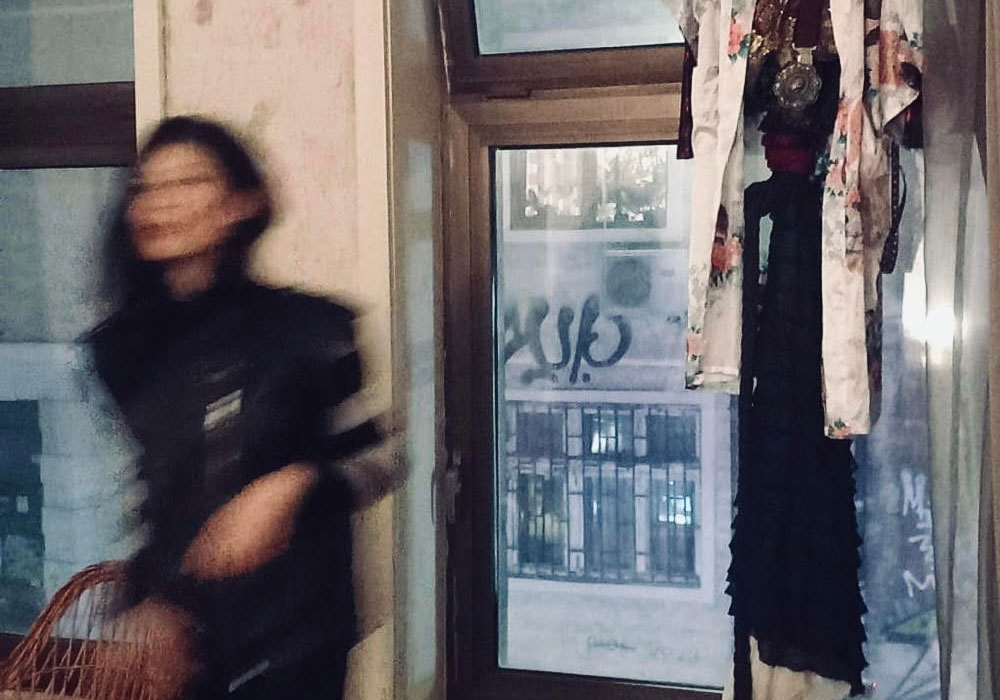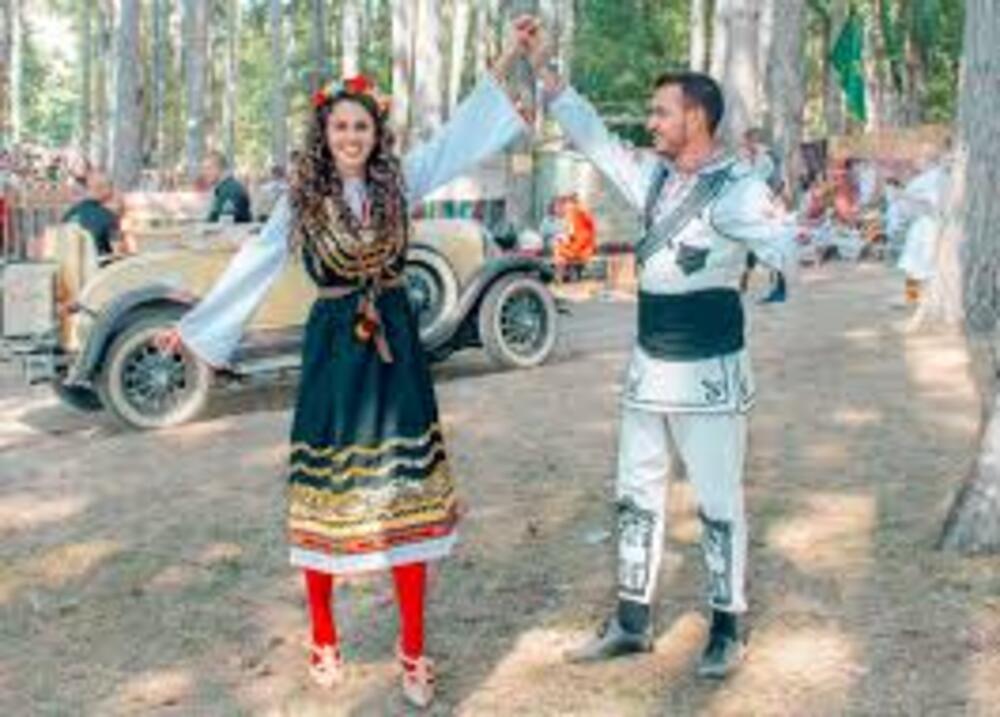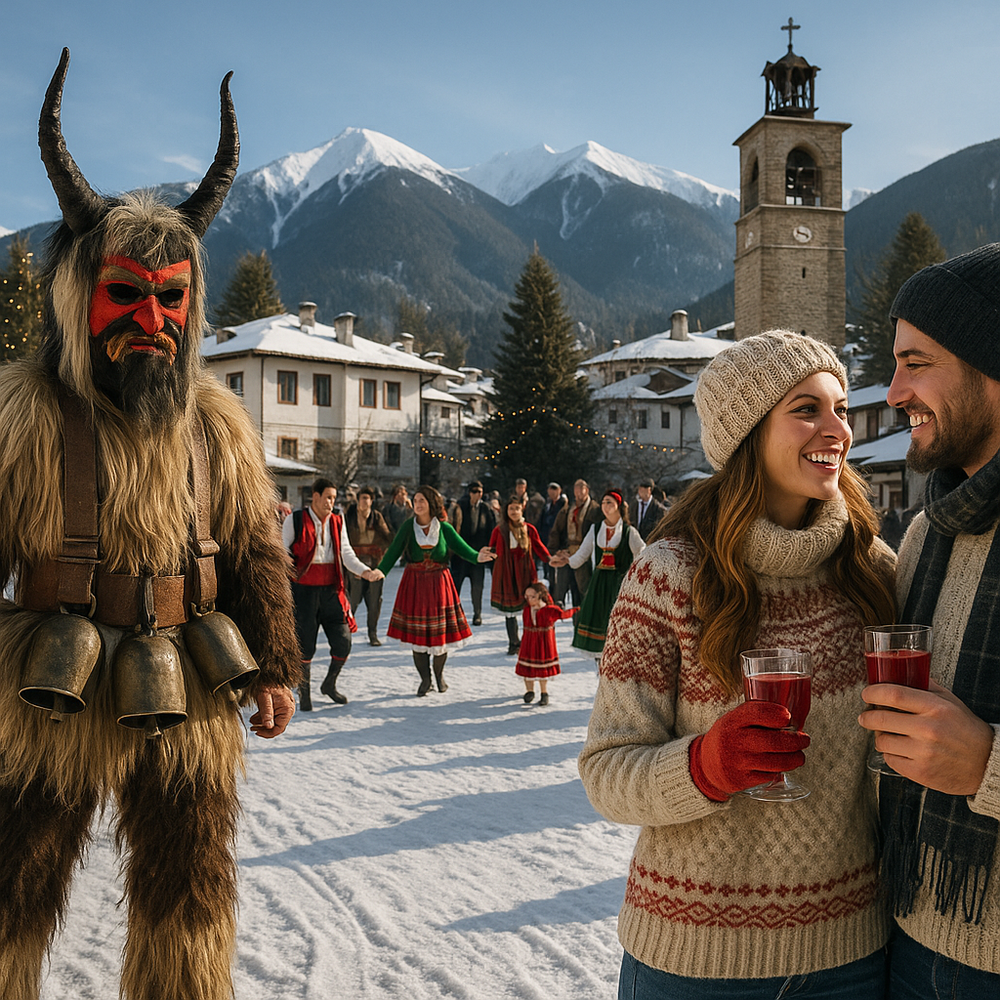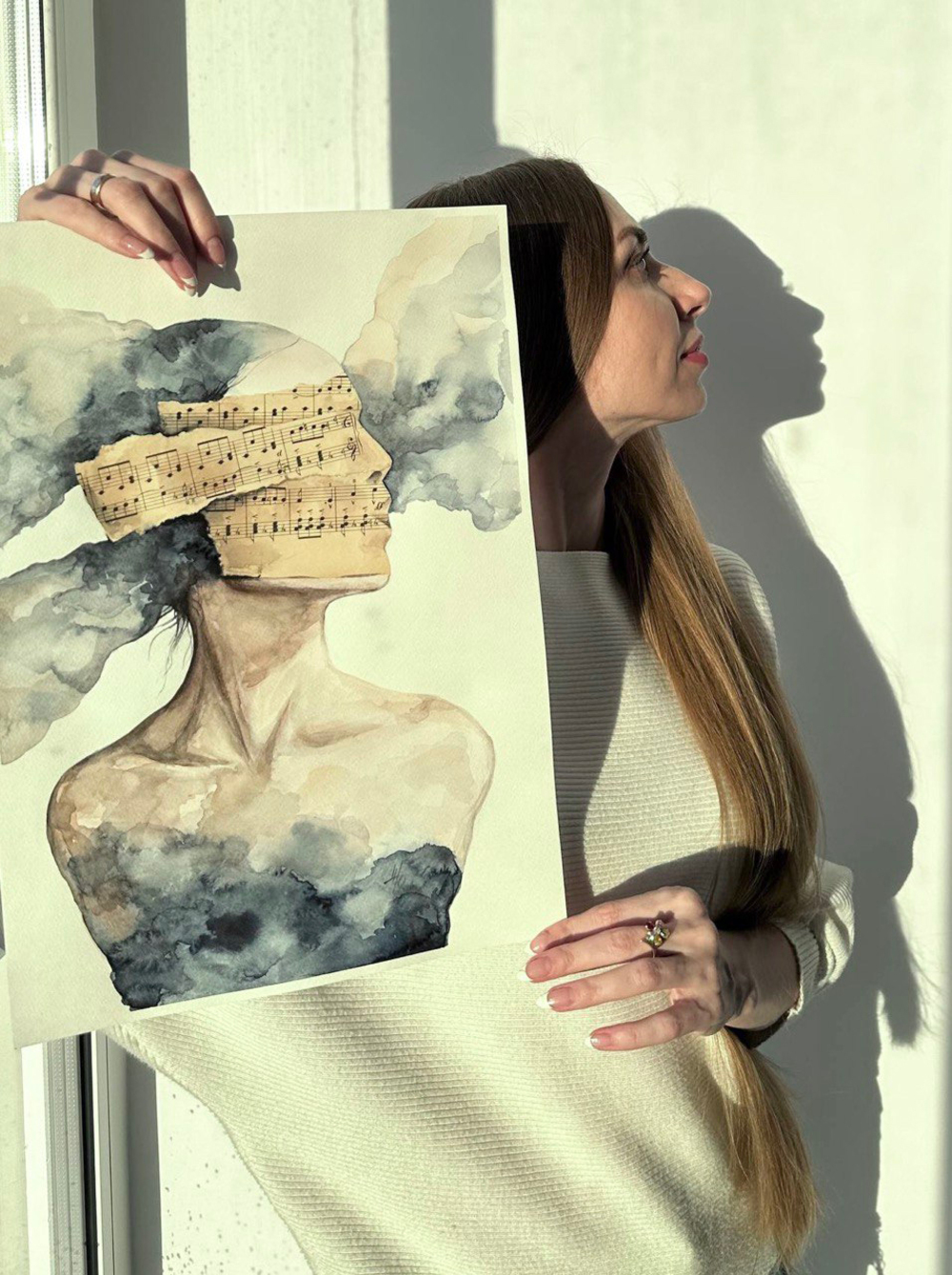
How has your move to Bulgaria influenced your artistic practice and your approach to creating art?
Moving to Bulgaria became a turning point in my life as an artist. Although I have been drawing since childhood and graduated from art school, for a long time painting remained a quiet personal joy. Here, on the shores of the Black Sea, in a new cultural environment, I felt an inner readiness to share my creativity with others.
At first, I worked on commissioned portraits and interior paintings — a way to give people a piece of warmth and beauty. Over time, these evolved into my own signature style, where I combine painting, collage, and vintage materials to create works filled with personal meanings and gentle notes of nostalgia. Bulgaria inspired me to be bold — to participate in exhibitions, collaborate with galleries, and see art not only as a private practice but as a dialogue with the world.
What are some key differences you’ve noticed between the artistic scenes in Ukraine and Bulgaria, both in terms of culture and artistic expression?
Living in Burgas has been a discovery for me — culture here is not just a background but part of everyday life. Every week, concerts, exhibitions, workshops, and festivals take place, and all of this is accessible to everyone. The city is seriously preparing for the title “European Capital of Culture 2032” and has already established a special fund to implement a large and diverse cultural program alongside neighboring municipalities. You can literally feel it in the air — the attention to art here is not just words but action.
What touched me especially is how Bulgaria supports youth. My daughter studies in the local school of arts with a focus on theatre, and just a year later, as a foreigner, she won first place in the national pantomime competition in Plovdiv. She was personally awarded a certificate and scholarship by Bulgaria’s Minister of Culture, Krustyo Krastev, and I had the honor to meet him. Such a warm and respectful reception inspires and gives young talents confidence, and parents a sense of pride and gratitude.
In Ukraine, culture for me was always something more intimate, something that required effort to find and integrate into. Here, I felt that art is an open door. Whether you are a beginner or an established artist, you are invited in, supported, and given opportunities to realize yourself. This feeling of openness and trust has become a true source of inspiration for me.
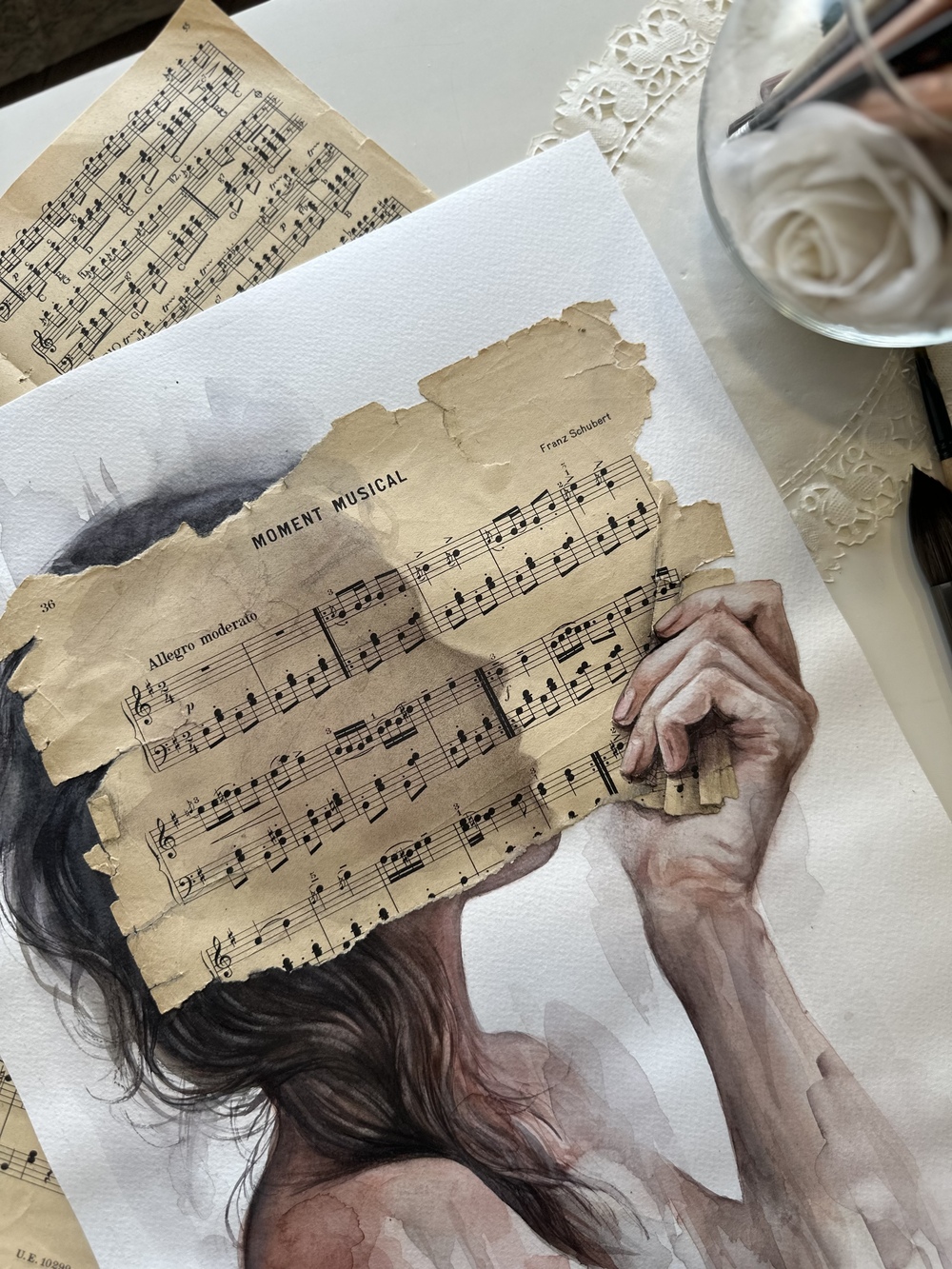
Can you share any Bulgarian projects or galleries that have recently inspired you or that you believe are doing something noteworthy in the contemporary art world?
Bulgaria presents an amazing blend of intimacy and international scale. In Burgas, I am impressed by local galleries that are not afraid to mix genres, hosting exhibitions where painting coexists with installations, photography, and performance. The atmosphere at such events is always warm, yet there is a professional level comparable to major international venues.
The largest project I consider important, which I have already mentioned, is the initiative of the “Burgas — European Capital of Culture 2032” foundation. It actively collaborates across all art fields, creating programs that bring local art into dialogue with Europe. I resonate with this idea — art as a bridge connecting cultures and generations.
Even small private galleries or spaces within cultural centers surprise me by giving platforms not only to well-known names but also to young authors. This openness is a rare and valuable quality I have felt here from my first days.
How do you see your work fitting into the broader European art scene, particularly in Bulgaria?
I see Bulgaria as a natural point of connection between my creative plans and the European art space. Here, I feel part of a large cultural route where an artist can freely move between cities and countries, communicate with curators, participate in exhibitions — all without complicated visa barriers.
For me, this is not just logistical convenience but a real expansion of horizons. Because Bulgaria is part of the European Union, the opportunity to exhibit in other countries has become much more accessible. This means my works can live not only within local galleries but travel across Europe, meet diverse audiences, and find resonance in unexpected places.
At the same time, I strive for my artworks to carry the sincerity and warmth that are understood regardless of language or cultural context. In this sense, Bulgaria for me is not a periphery but a bridge to the center of the European art scene, where individuality and the living energy of the artist are truly valued.
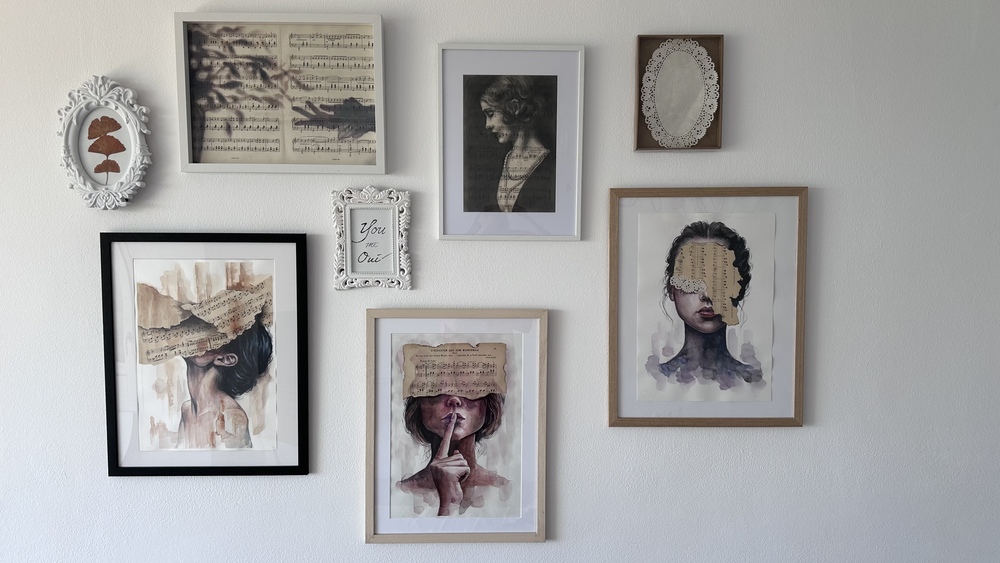
What role do you think nostalgia plays in the Bulgarian context, and how has that influenced your own exploration of the theme?
In Bulgaria, I often feel that nostalgia is not sadness about the past, but respect for it. Here, people carefully preserve memories: old houses and streets where family shops and restaurants still operate, folk festivals celebrated with the same warmth as decades ago. This gives everyday life a special depth — as if time flows a little slower here, allowing us to pause and appreciate the value of each moment.
In my works, nostalgia often appears through collages made from old books, sheet music, and fragments of paper marked by time. These elements become not just decorative details but a bridge between past and present. Living in Bulgaria, I’ve come to feel this dialogue of times even more strongly — and now it sounds softer and warmer in my paintings.
I believe that this kind of understanding of nostalgia unites people: we may come from different countries and speak different languages, but everyone has their own “warm” images they want to preserve. Bulgaria helped me see that nostalgia is not about going back, but about lovingly carrying the past into the future.
Your work blends traditional and contemporary techniques. How do you decide which materials and mediums to combine in each piece?
I am deeply moved by all things old and antique — in such objects seems to live a quiet memory of people, their stories, joys, and losses. For example, in one of my recent works, besides fragments of old sheet music, I included a piece of lace doily. For me, lace is not just a pattern but a symbol of family traditions and heritage passed down not only in things but in skills, gestures, and love that flows from grandmother to granddaughter.
This work became a reflection on how different layers of experience influence us. The sheet music symbolizes external cultural codes and social norms, while the lace represents the quiet, intimate power of family values. Together, they create an image of an inner dialogue between what society imparts to us and what our personal memory holds.
When I choose materials, I think not so much about the combination of textures but about meaning: so that each element is not just a detail, but a voice in this conversation. And I believe this is what gives my works their special emotional depth.
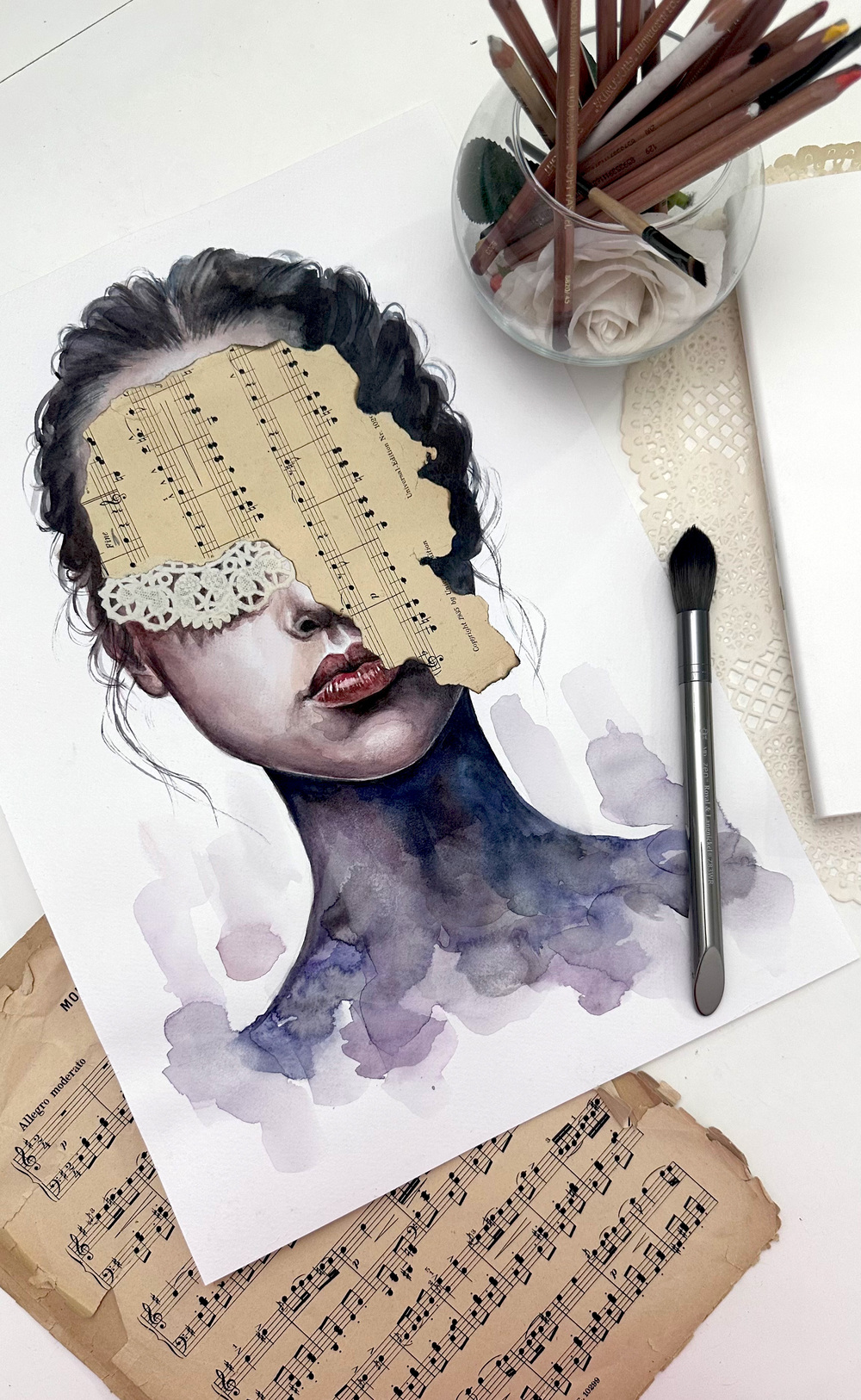
How do you incorporate personal memory and nostalgia into your artwork, and what role do vintage materials, such as antique books or sheet music, play in this process?
In my works, I often reflect on who we might have become if we had not been influenced by external rules, fears, and obligations. I relate to the idea of inner freedom that we remember from childhood — when we were not afraid to be ourselves, acted boldly and sincerely, without looking back at expectations. Over time, we begin to feel nostalgic for these sensations and ask ourselves: “What could have been different?”
Vintage materials in my art become a kind of “anchor” in this search. In a rapidly changing digital world, they help to slow down and feel connected to something eternal and tangible. Old books, yellowed pages of sheet music, fragments of letters or lace — all these hold the warmth of human hands and stories that cannot be conveyed through faceless digital formats.
By using these materials, I pay tribute to a time when words were written with an ink pen on beautiful paper, and books were adorned with exquisite illustrations. This is not only an aesthetic choice but also a way to bring back to the present that depth and tenderness we sometimes lose in the pursuit of speed.
What impact do you hope your art has on viewers, and how do you want them to interact with the layered textures and forms within your compositions?
For me, it is important that the viewer does not just see the painting, but immerses themselves in it, feeling its depth and multilayered nature. My works are like little stories — they are composed of different elements, each carrying its own meaning and emotion.
I want viewers to find something personal in them: perhaps a memory, a mood, or even a question they haven’t asked themselves in a long time. The multilayered textures and forms invite a slow, thoughtful viewing — to explore details, to reflect on what lies beneath the surface, and to sense the subtle interplay of time and memory.
For me, art is a space for dialogue where every viewer can become a co-creator of meaning. If my works help someone pause amid the rush, look inside themselves, and find something bright and important there, then my task is fulfilled.
As someone whose works are exhibited internationally, how do you think your art resonates with different cultural contexts, particularly in countries with distinct artistic traditions?
Every culture is a unique world with its own language of symbols, history, and traditions. It is important for me to respect these differences and to see art as a universal bridge between people.
In my works, I strive to create images that, despite cultural differences, can speak to everyone in the language of feelings and memory. My materials — whether old sheet music or fragments of paper — carry a shared human experience: connections with the past, emotions, and questions that resonate with all.
Exhibiting in different countries, I see how viewers find something of their own in my works — something that resonates with their personal history and cultural context. This reminds me that art knows no borders, and that the most important thing is the sincerity and depth at the heart of any creative message.
